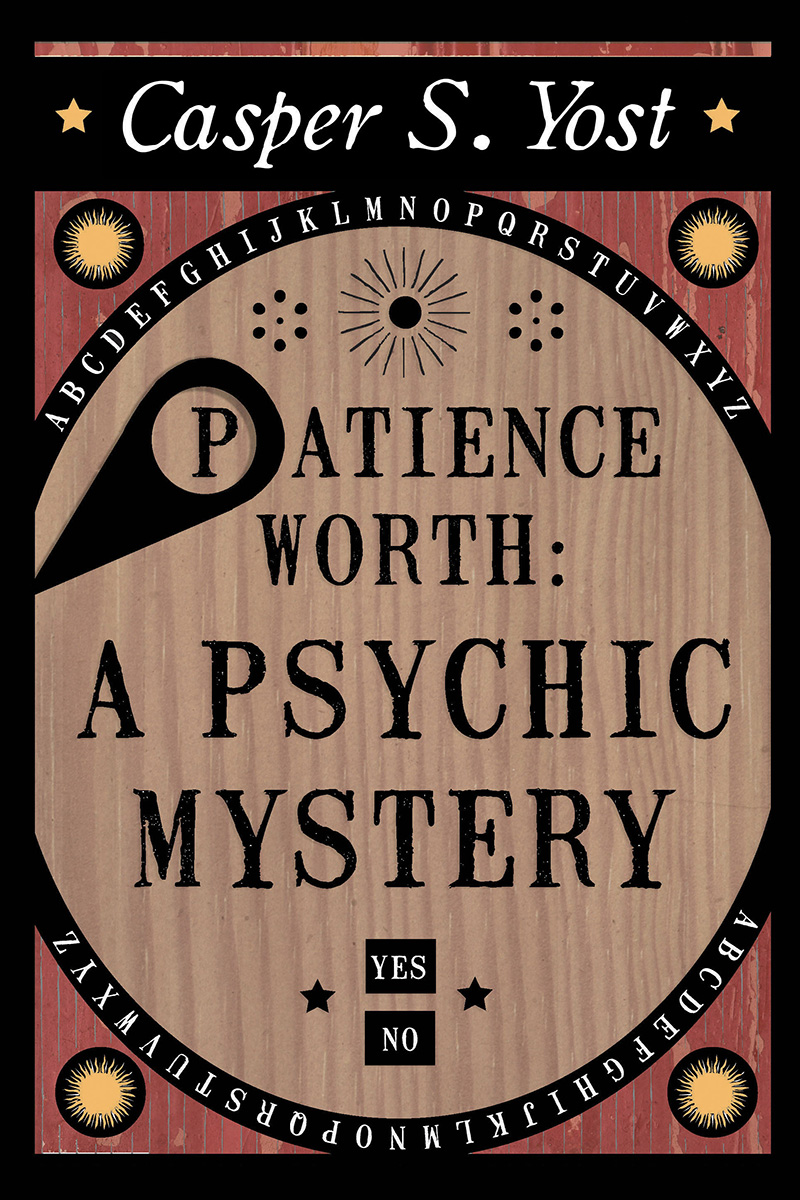Summary
ON a July evening in 1913 two women of St. Louis sat with a Ouija board upon their knees. The result of what was to come has remained one of the biggest mysteries in literary history and a key event in psychical research to this day.
Spiritualism was still popular in certain circles and with World War I just over the brow of the hill, many families would soon want to connect with deceased love ones, and the Ouija board seemed an easy way to do this.
The women is question were Mrs. John H. Curran, wife of the former Immigration Commissioner of Missouri, and Mrs. Emily Grant Hutchings, wife of the Secretary of the Tower Grove Park Board in St. Louis. Mrs. John Curran was know to her friends as Pearl and on this particular night it became clear that Pearl was something of a sensitive or a medium, and in her presence the pointer of the Ouija board became agitated. The two women watched in amazement as without any physical help from them the board spelled out…“Many moons ago I lived. Again I come. Patience Worth my name.”
The women gazed at each other as the board continued…“Wait. I would speak with thee. If thou shalt live, then so shall I. I make my bread by thy hearth. Good friends, let us be merrie. The time for work is past. Let the tabbie drowse and blink her wisdom to the firelog.
Although guarded about her identity, Patience identified herself as an English woman who lived in the 17th century who had emigrated to the USA and died at the age of 44. When pressed for more information about herself she stated, “About me,” “thou wouldst know much. Yesterday is dead. Let thy mind rest as to the past.”
Over night, Pearl was awarded celebrity status as she was beseeched with requests to sit with ‘Patience’, and psychologists and sceptics queued up to debunk her and expose the ‘trickery’ but no one ever did.
Over the next 24 years, Patience dictated approximately four million words, including seven books, some short stories, several plays, and thousands of poems. She discussed philosophy, religion, death, and the meaning of life with eminent visitors who came to see her in droves.
Curran was often accused of inventing patience, and skeptics claimed and claim that Patience was a subconscious personality, a fantasy that had laid dormant in Pearl’s mind and was probably due to her sheltered upbringing in middle America.
There are many reasons to suggest that this wasn’t the case, not least the fact that Patience spoke in a dialect not spoken for over 300 years and very peculiar to the England of the 1600’s. When a philologist asked Patience how and why she used the language of so many different periods, she responded: “I do plod a twist of a path and it hath run from then till now.”
By 1917, Patience had dictated millions of words, and these had been faithfully recorded by pearl’s husband John. In June of that year, to great fanfare, The Sorry Tale, a 644-page, 325,000 word novel about the last days of Jesus, dictated by Patience was published in the USA. The New York Globe stated that it exceeded Ben Hur and Quo Vadis as “a quaint realistic narrative.” And Professor Roland Greene Usher, dean of history at Washington University, called the novel “the greatest story of Christ penned since the Gospels were finished.” He pointed out that the book was written in seventeenth-century English with no anachronisms.
Pearl being a very ordinary St Louis housewife claimed she knew nothing of the life of Jesus other than what was written in the New Testament, and in one evening why the author of this book was present, more than 5000 words were dictated covering the crucifixion.
Patience had this to say on life: On life: ‘Life is a gaysome trickster. Yea, life poureth about the atoms o’ man wines of cunning, and equally is he filled up of Him. Thereby is man given freely and his lighting unto life leaveth him for his choosing. Aye, and the giving be wry-fallen atimes, for flesh to tarry long and dance with life, fearing the greater thing athin it.’
She considered herself a messenger from God, when she exclaimed; “Morn hath broke, and ye be the first to see her light. Look ye wide-eyed at His workings. He hath offered ye a cup.”
When asked about Death she quipped: ‘Cheap pence paid for eternity and yet man whines!’
Patience showed her love for God when she stated; “Think ye,” she cries, “that He who doth send the earth aspin athrough the blue depth o’ Heaven, be not a wonder-god who springeth up where’er He doth set a wish! Yea, then doth He to spring from out the dust a lily; so also doth He to breathe athin (within) the flesh, and come unto the earth, born from out flesh athout the touch o’ man. ‘Tis so, and from off the lute o’ me hath song aflowed that be asweeted o’ the blood o’ Him that shed for thee and me.”
Patience continued to speak through Pearl until 1937 when Pearl was taken ill and died of Pneumonia.
Her works have been compared with Shakespeare and Chaucer, to this day remain one of the greatest examples of channelled writing we possess.

